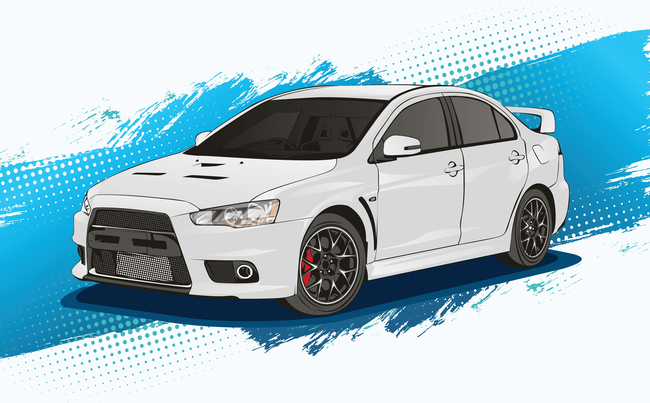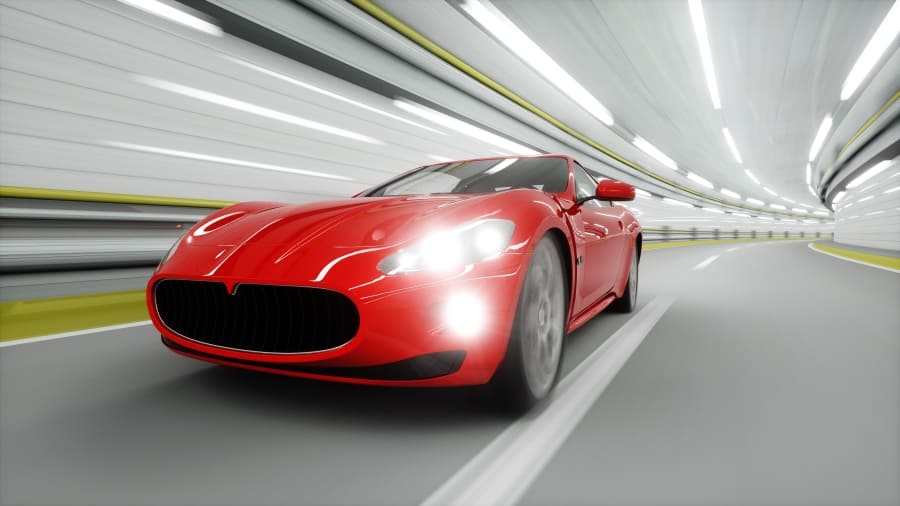
CST (traction and stability control) is a stability control system used on Ferrari cars. It optimises the operation of the anti-skid and traction control systems, ABS, and the brake force distribution system. It helps to maintain the intended path while maneuvering. The system improves the vehicle’s dynamics when driving on slippery surfaces.
How CST functions
The system compares the vehicle’s actual and intended direction in order to eliminate the difference between them. The driver’s input is estimated by the steering wheel angle, position of the brake and accelerator pedals, and brake system pressure. The actual path of the vehicle is detected by the sensors measuring the yaw rate, lateral and longitudinal acceleration, and wheel speed.
If understeer or oversteer is detected, CST activates the ABS hydraulic unit. It slows down the wheels that are slipping, thus restoring the traction and path. If braking is insufficient, engine torque can also be limited.
This technology offers a few different operating modes, which determine how much the system intervenes with the vehicle’s handling. These are: “Low Grip” – for a slippery road; “Sport” – for driving in conditions of average and high traction; and “Race” – for race track conditions. The “CT OFF” and “CST OFF” modes are designed to maximise the vehicle’s racing performance and for driving on loose surfaces respectively.
Popular Ferrari models equipped with CST
- F430
- F12
- Monza
- 488
- California
- 812 F152M

Reasons for malfunctions
- Parking sensor failure
- Engine malfunctions, for example, constant misfiring
- Tyre pressure that differs from the recommended one
- Flat battery.


















Comment